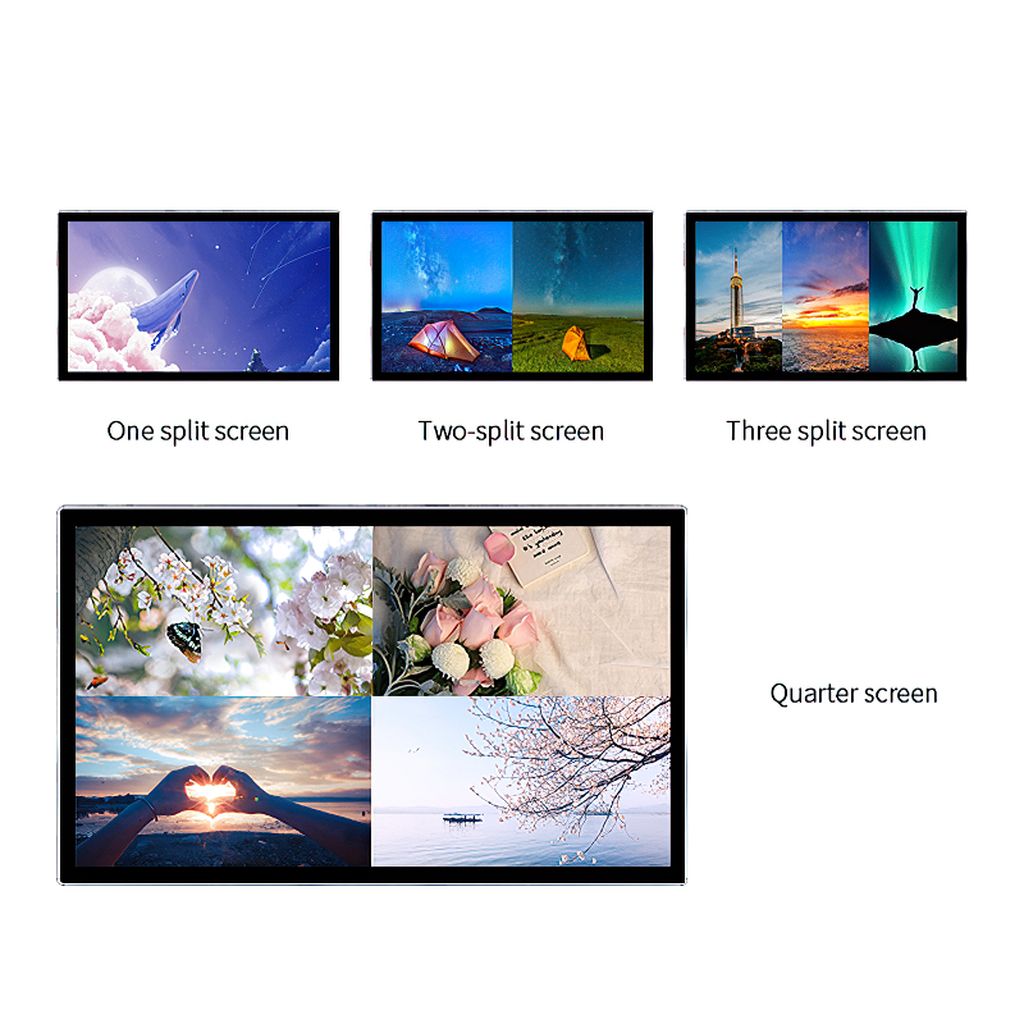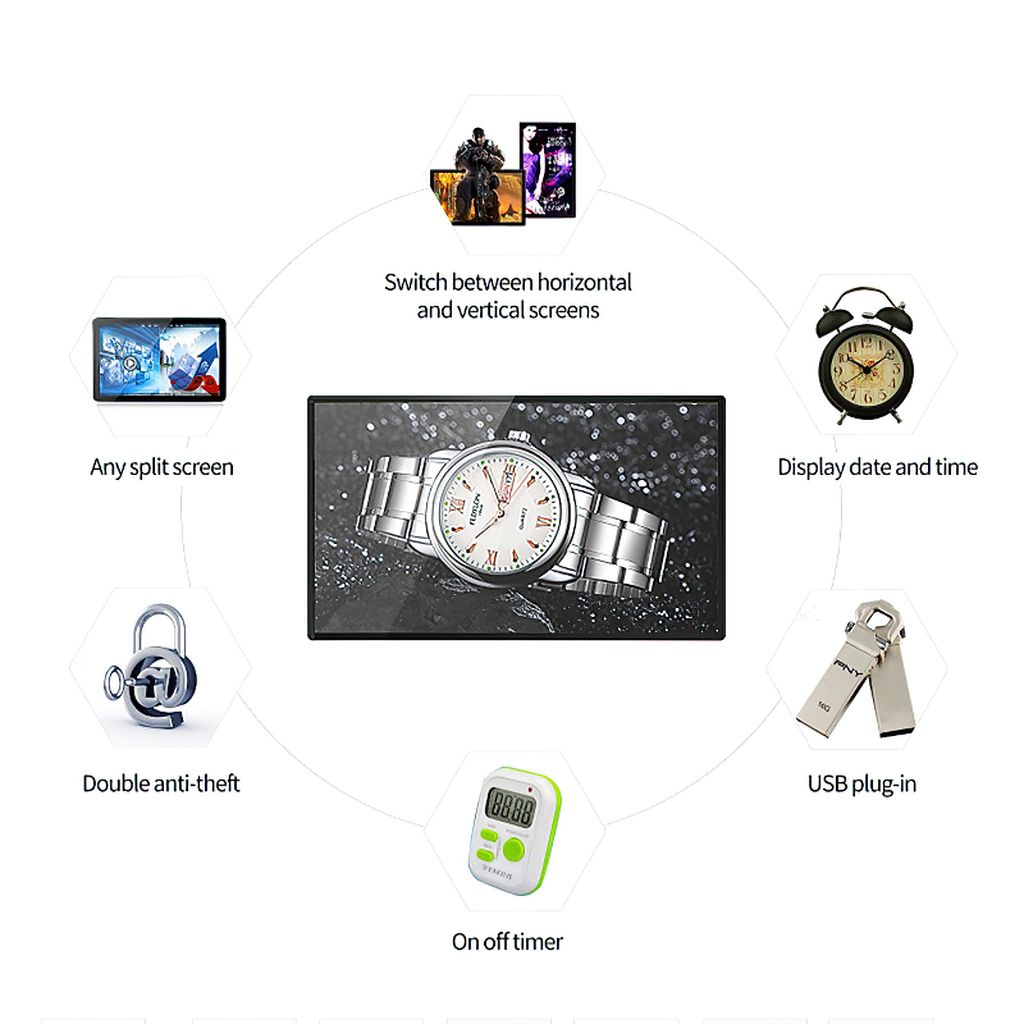The Rising Popularity of Digital Menu Boards in Modern Dining 2
Digital Menu Boards are no longer limited to fast-food chains. Their usage spans across fine dining restaurants, cafes, bakeries, bars, and even food trucks. Each sector tailors digital menus to its unique needs:
Quick-service restaurants (QSRs) focus on speed, clarity, and upselling combos.
Cafes and bakeries highlight specialty drinks and freshly baked items with real-time availability updates.
Bars and lounges showcase drink specials and event promotions.
Food trucks benefit from easy content changes based on location and customer demographics.
This versatility makes Digital Menu Boards a universal solution across the food service industry.
Future Trends in Digital Menu Boards
The future of Digital Menu Boards is promising, with AI, personalization, and interactivity playing major roles. Artificial intelligence can recommend items based on customer purchase history or suggest popular pairings. Touchscreen-enabled boards may allow guests to browse menus interactively, creating a more engaging experience.
Additionally, the integration of QR codes and AR (augmented reality) will open new ways for customers to explore dishes in 3D, view nutritional information, or receive tailored promotions. These advancements will further enhance the effectiveness of digital signage.
Challenges and Considerations
While the benefits are undeniable, businesses must also consider challenges such as upfront investment, maintenance, and staff training. High-quality screens, reliable software, and consistent content creation are critical for success. Partnering with experienced providers ensures smooth implementation and long-term performance.
Restaurants should also be mindful of content strategy—poorly designed digital menus can overwhelm rather than attract. Clear layouts, professional visuals, and concise messaging are key to making the most of this technology.
Conclusion: The Digital Future of Dining
The adoption of Digital Menu Boards is accelerating worldwide, fueled by customer expectations, operational needs, and technological innovations. From enhancing visual appeal to driving sales and improving sustainability, the benefits are substantial. As restaurants embrace digital transformation, those who invest in dynamic menu solutions will enjoy a competitive edge in customer satisfaction and profitability.
Digital Menu Boards are not just a passing trend—they represent the future of how restaurants communicate, operate, and grow. Businesses that adopt them now will be better positioned to thrive in a fast-evolving food industry.


